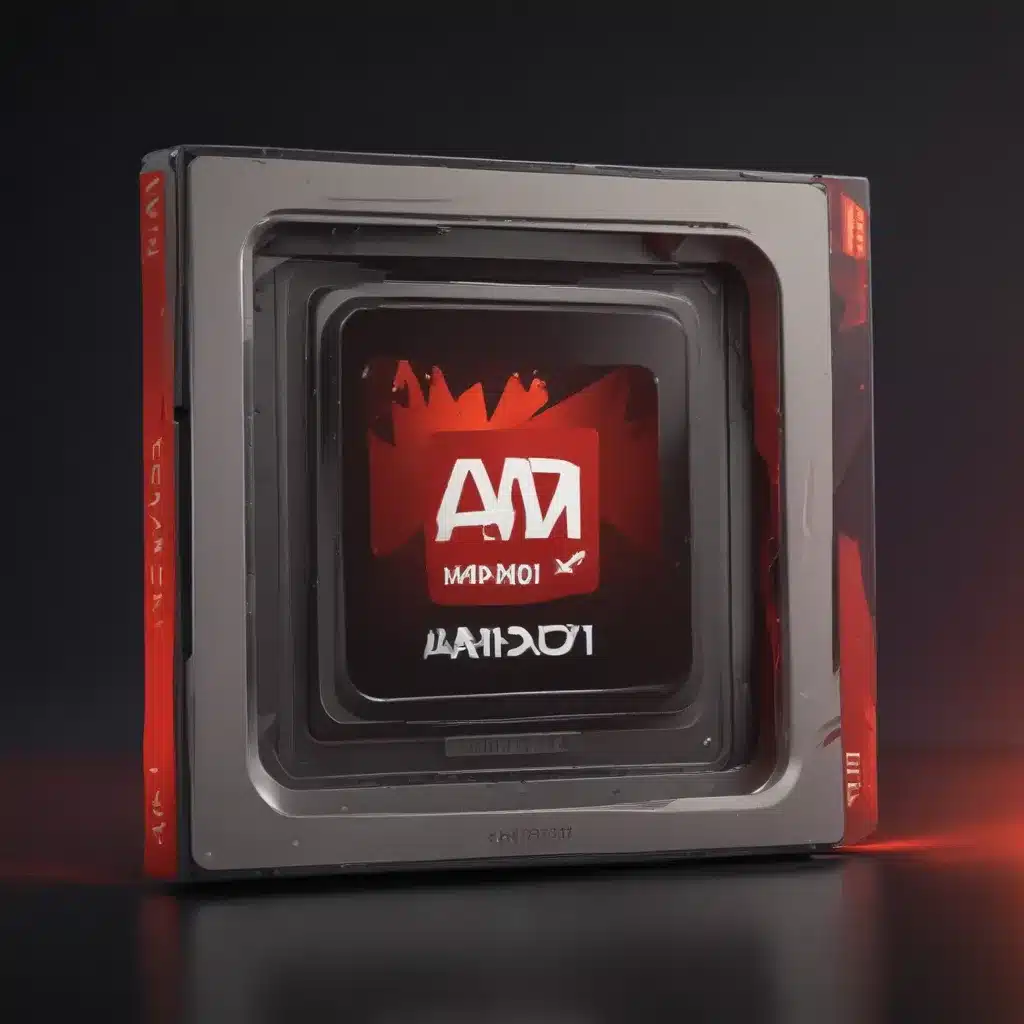Unleashing the Power of Your AMD Rig
I’ll admit it – when I first built my new AMD-powered PC, I was a bit disappointed. Sure, the components were top-notch, but the performance just didn’t seem to live up to the hype. My games were lagging, programs were sluggish, and I couldn’t help but wonder if I’d made a mistake.
But then I stumbled upon a Reddit thread [1] where fellow builders were facing similar issues. Turns out, there are a few tricks to really get the most out of your AMD setup on Windows 11. And let me tell you, once I put them into practice, my PC was running like a dream – lightning-fast and more responsive than ever before.
Optimizing for Windows 11
One of the first things I learned is that the default power settings on Windows 11 aren’t always ideal for AMD systems. [2] As I discovered, the operating system can sometimes limit your CPU’s performance, essentially holding it back from reaching its full potential.
The solution? Head into your power settings and make a few adjustments. First, switch your power plan to “High Performance.” This will allow your Ryzen processor to really flex its muscles. But that’s not all – you’ll also want to tweak the “Maximum Processor State” setting, capping it at around 97%. [3] This might seem counterintuitive, but it can actually help prevent random crashes and shutdowns.
Taming the Thermals
Of course, with great power comes great responsibility (and heat). If you really want to push your AMD rig to the max, you’ll need to keep a close eye on those temperatures. [4] I made the mistake of not doing this at first, and let me tell you, it did not end well.
One day, I was in the middle of an intense gaming session when suddenly, my PC just shut off. No warning, no error message – just a sudden blackout. Turns out, my CPU and GPU were running hotter than the surface of the sun, and the system had to shut down to prevent any permanent damage.
After that little incident, I made sure to install some robust cooling solutions. Upgraded my CPU cooler, added some extra case fans, and even invested in a dedicated GPU cooler. Now, my temperatures stay nice and low, even when I’m really pushing the limits.
Taming the Drivers
But the journey to AMD performance nirvana didn’t end there. As it turns out, the drivers can play a huge role in how your system performs. [5] I learned this the hard way when I updated to the latest Radeon drivers and suddenly started experiencing all sorts of crashes and instability.
After a bit of troubleshooting, I realized that the new drivers weren’t quite playing nice with my specific hardware configuration. So, I took a step back and reverted to an earlier, more stable version. And let me tell you, the difference was night and day. My games were running smoother, my apps were more responsive, and I could finally enjoy my AMD rig to the fullest.
Striking the Right Balance
Of course, finding the perfect balance between performance and stability is an ongoing process. [6] It’s all about experimenting, tweaking, and finding what works best for your unique setup.
For example, I discovered that running my RAM at its advertised speed of 3200MHz wasn’t actually the most stable solution. [7] After some trial and error, I ended up dialing it back to 3000MHz, and voila – no more random crashes or freezes.
And speaking of RAM, don’t forget to keep an eye on your memory usage. [8] I’ve found that certain programs, especially those that deal with graphics and video, can really chew through RAM. So, if you’re noticing any performance hiccups, take a look at your memory utilization and see if that might be the culprit.
Conclusion
Building a high-performance AMD PC on Windows 11 might take a bit of work, but trust me, it’s worth it. By optimizing your power settings, keeping an eye on temps, and fine-tuning your drivers and RAM, you can unlock the true potential of your rig.
So, don’t be discouraged if your new AMD machine isn’t living up to your expectations right out of the box. With a little bit of elbow grease and a willingness to experiment, you can transform it into a gaming and productivity powerhouse that’ll leave your friends and family in awe.
Happy tinkering!
[1] https://www.reddit.com/r/buildapc/comments/qcjafs/new_pc_build_is_very_slow_and_lags_quite_a_bit/
[2] https://answers.microsoft.com/en-us/windows/forum/all/windows-10-only-use-half-of-max-cpu-speed/d97b219f-10ee-4a42-a0fc-d517c1b60be8
[3] https://community.amd.com/t5/general-discussions/pc-crashes-on-high-performance-power-mode/m-p/561459/highlight/true
[4] https://answers.microsoft.com/en-us/windows/forum/all/service-host-applications-eating-up-memory/1182c7e9-64ff-41ca-bd2b-ecfdfe1d2b7b
[5] https://community.amd.com/t5/general-discussions/my-pc-keeps-shutting-down-while-playing-games/td-p/502352
[6] https://techcommunity.microsoft.com/t5/windows-11/windows-11-video-lag/td-p/2912872
[7] https://community.amd.com/t5/general-discussions/rx-7900-xtx-low-performance/td-p/590252
[8] https://superuser.com/questions/1264798/why-wont-my-cpu-operate-at-its-max-potential-even-when-my-application-which-ut













